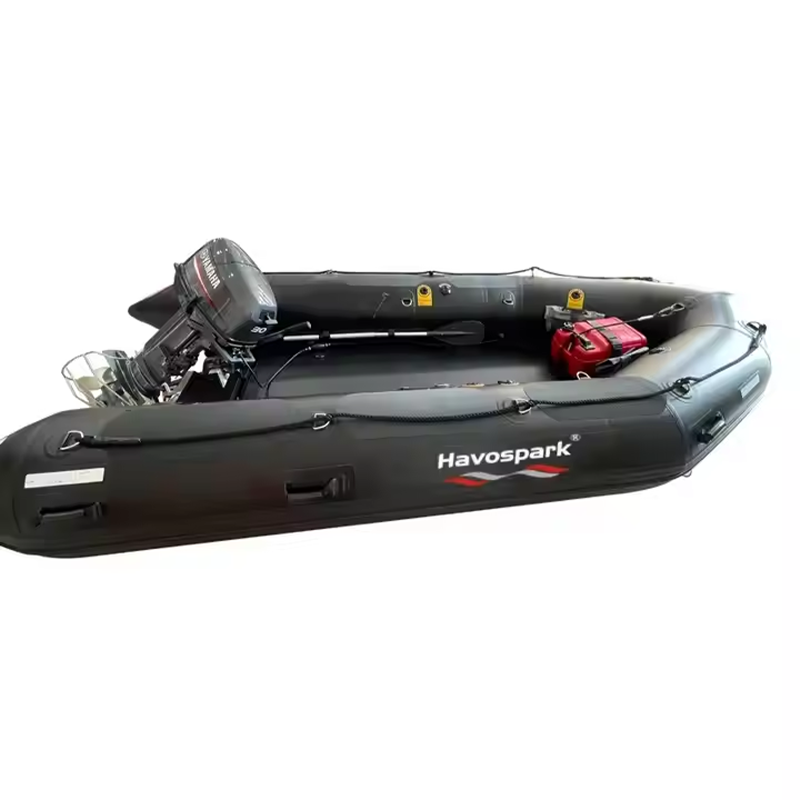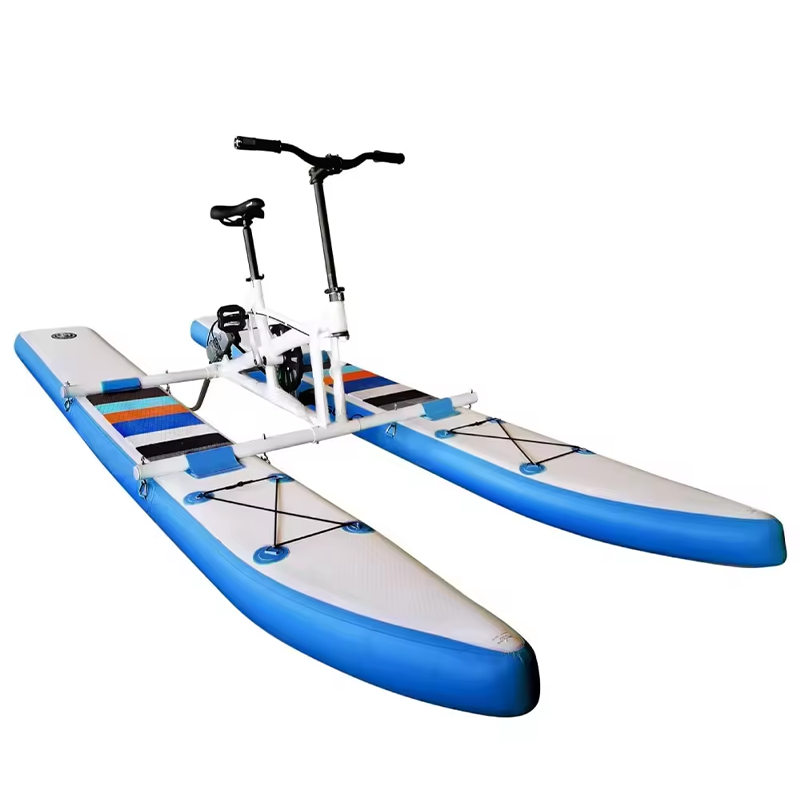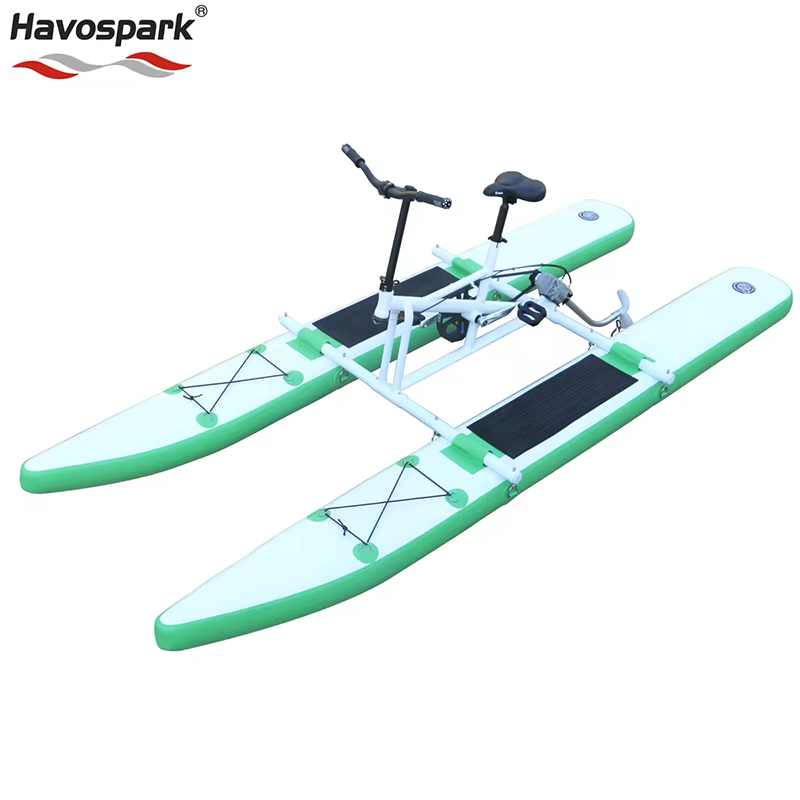What Are Electric Surfboards?
Defining the Modern Wave Rider
Electric surfboards represent a groundbreaking evolution in watersports equipment, combining motorized propulsion with traditional surfing. This innovation allows riders to navigate water waves with ease, offering an entirely new surfing experience. Typically, these boards are crafted from streamlined designs and lightweight materials, enhancing both speed and maneuverability. This makes them particularly suitable for those who may not have extensive surfing experience. Moreover, electric surfboards are versatile enough to operate in diverse water conditions, ranging from serene lakes to the roaring ocean. This adaptability broadens the horizons for surfing enthusiasts, bringing the thrill to more locations. The technological core of these boards consists of electric motors powered by rechargeable batteries, presenting an eco-friendly alternative to conventional surfboards.
Key Advantages Over Traditional Boards
Electric surfboards present several prominent advantages over traditional surfboards, eliminating the need for paddling and letting riders start their surfing adventure right from the shore. This powered start is particularly beneficial for beginners, making the initial learning curve less daunting by providing a stable ride with consistent speed. Furthermore, the capability of these boards to maintain speed across various water conditions means riders can catch waves earlier and sustain their ride even when the surf is less than ideal. In addition to these advantages, electric surfboards enable longer riding sessions, which is a plus for those focused on endurance training and achieving more extended surfing experiences. These features collectively enhance the appeal of electric surfboards, setting them apart from their traditional counterparts and offering unique benefits to both novice and seasoned surfers.
Cutting-Edge Technology Behind Electric Surfboards
Jet Propulsion Systems Explained
The core innovation in many electric surfboards is the jet propulsion system, which efficiently channels water flow to generate thrust and speed. These systems are meticulously designed to achieve high efficiency and minimal drag, directly contributing to the board's superior speed capabilities. Unlike traditional gas-powered watercraft, jet propulsion technology in electric surfboards also minimizes noise and environmental impact, making them a sustainable choice for modern surfers. This evolving technology is a testament to the advancements in eco-friendly recreational equipment.
Battery Life and Performance Metrics
Electric surfboards predominantly rely on lithium-ion batteries, whose advances significantly dictate the board's performance. Average battery life ranges from 30 to 90 minutes, depending on multiple variables, including the board's power setting, the rider’s weight, and the specific water conditions. Furthermore, when selecting a surfboard, riders should consider charging times and key performance metrics, such as speed, which can often exceed 20 mph, and range, with some boards capable of covering up to 20 miles. These metrics highlight why understanding battery capabilities is crucial for optimizing your surfing experience.
Top Electric Surfboard Brands Making Waves
Hoverstar's Innovative Approach
Hoverstar has made a significant impact in the electric surfboard industry by seamlessly blending advanced technology with affordability, making it accessible to a broad audience. The brand is renowned for its designs that incorporate intuitive user interfaces and lightweight structures, ensuring ease of use for beginners. Moreover, Hoverstar doesn’t compromise on safety; they include features like automatic shut-off functions to provide peace of mind for less experienced riders. By prioritizing user-friendly and secure designs, Hoverstar continues to establish itself as a leader among innovative surfboard brands, catering to both novices and seasoned surfers alike.
Premium Options from Awake and LIND
Awake and LIND are frontrunners in the market for high-performance electric surfboards, targeting enthusiasts who demand power and customization. Known for robust designs and potent motors, these brands cater to advanced surfers looking for a bespoke riding experience. Riders can tailor their boards with options in size, color, and performance features, ensuring that every board meets specific needs. While premium, the price points of Awake and LIND's boards often reflect the use of state-of-the-art materials and technology. Such commitment to quality and performance makes these brands a popular choice among professional surfers seeking electric surfboards with exceptional capabilities.
Understanding Electric Surfboard Price Factors
Entry-Level vs. High-Performance Models
When considering the cost of electric surfboards, potential buyers face a significant variation in prices, influenced mainly by the model type. Entry-level electric surfboards generally start at a price range of $1,000 to $2,500. These models focus on providing affordability with basic features, making them particularly suitable for beginners. In contrast, high-performance models often begin at around $3,000 and can exceed $10,000. These premium surfboards boast advanced technology, superior durability, and enhanced speed capabilities, designed to cater to more experienced and adventurous riders. Therefore, when choosing an electric surfboard, evaluating one's riding style and frequency of use is essential in determining the appropriate investment level. A thorough comprehension of these factors can guide enthusiasts toward a purchase aligned with their skill and passion, ensuring an adequate balance between cost and performance of the electric surfboard.
Maintenance and Long-Term Costs
Purchasing an electric surfboard also involves understanding the ongoing maintenance and long-term expenses. Regular upkeep includes battery care, checks on electronic components, and routine cleaning, which are vital to extending the board’s life. Owners should also consider budgeting for potential repairs or the need for replacement parts, particularly for boards that see high usage, which may lead to quicker wear. Awareness of these costs is crucial for effective budgeting and can accumulate over time, especially for avid surfboard users. By planning ahead, owners can enjoy their electric surfboards' exhilarating experience without unexpected financial surprises.
Choosing Your Electric Surfboard Adventure
Matching Board Features to Riding Style
Selecting the right electric surfboard involves aligning the board features with your specific riding style. Riders should first evaluate their skills and preferred conditions to ensure the chosen board meets their needs, whether for cruising, trick riding, or racing. Key features to consider include board length, weight capacity, and motor power, which should match personal preferences and physical capabilities. Moreover, customization options, such as fin configuration, can significantly enhance performance and enjoyment, making thorough consideration paramount.
Safety Considerations for New Riders
Ensuring safety is crucial for new electric surfboard riders, emphasizing the use of personal flotation devices and helmets to enhance protection. Familiarity with local laws and regulations regarding electric surfboards is essential before hitting the water to avoid legal issues. Beginners are encouraged to start their journey in safe, controlled environments, ideally under supervision. This approach helps new riders build skills and confidence gradually, making the transition to more challenging waters smooth and enjoyable.








 Hot News
Hot News
